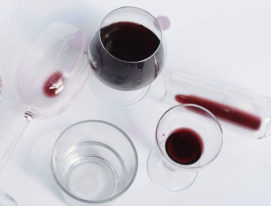In the Italian region of Emilia-Romagna, Lambrusco is king. But to help it really come into its own it is generally accompanied by Ancellotta, a grape that brings color and concentration, especially in the blend known as Lambrusco Reggiano, which is used in both sparkling and still reds.
So how did this humble variety from the north of Italy find itself on a 90-hectare plot in San Martín, Mendoza? Thanks to Corbeau Wines, a project run by the Rodríguez family, the owners of the largest Ancellotta vineyard in Argentina.
“When we decided to go for Ancellotta it wasn’t just little-known in Argentina, it was completely unknown,” explains Francisco Rodríguez, the winery’s brand manager.
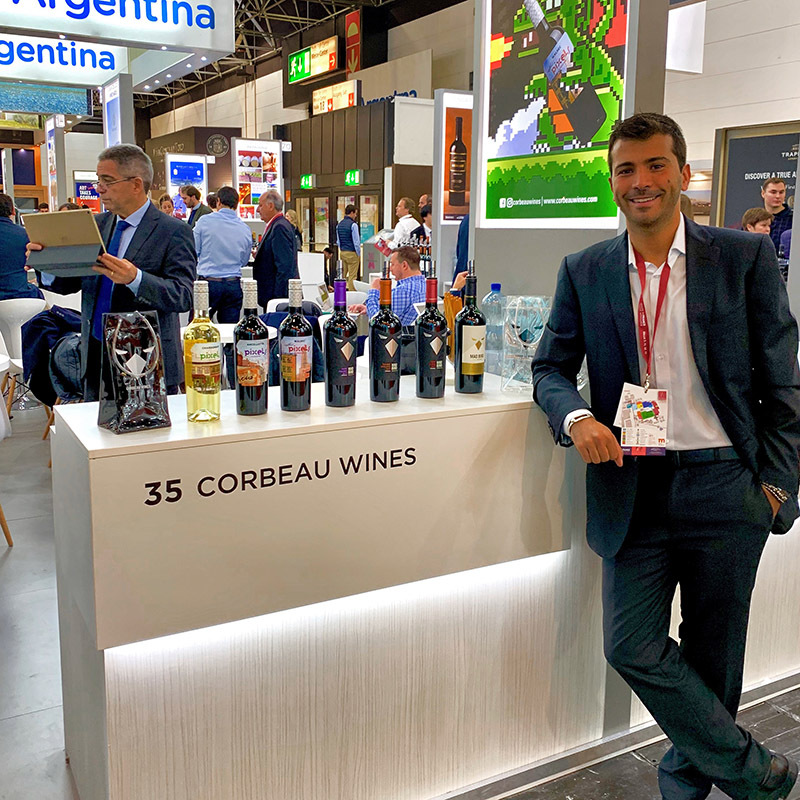
“We discovered it in 2007 when we bought a new vineyard. It was mixed in with a plot of Malbec but of course we didn’t know that at the time. At the end of the harvest we tasted the wine we’d fermented from that section alone and it was like Malbec but there was something unusual about it.”
When they inspected it again the following spring, they found plants with a distinctive leaf pattern they didn’t recognize. Following some research with the help of the National Institute of Agricultural Technology, they were able to determine that these were Ancellotta vines, of which at the time – according to the National Institute of Viticulture – only 130 hectares existed across the country.
“In 2008 we fermented it on its own and we loved how it came out: a wine with plenty of structure and a stunning color; it had very interesting characteristics that offered new possibilities because I think that Argentina needs to show it can produce more variety, to prove that we can do so much more,” says Francisco.
Corbeau Wines, an investment in originality
The job of reproducing the surviving Ancellotta vines wasn’t straightforward. None of the local nurseries stocked the variety, so the few there were at the Rodríguez’ vineyard became the start for the first rows. The fruit soon paid back the effort: in 2016, Corbeau Wines launched their first Mad Bird blend consisting of Malbec, Bonarda and Ancellotta and in 2017 another followed, this time 50% Ancellotta and 50% Malbec from the 2016 harvest.
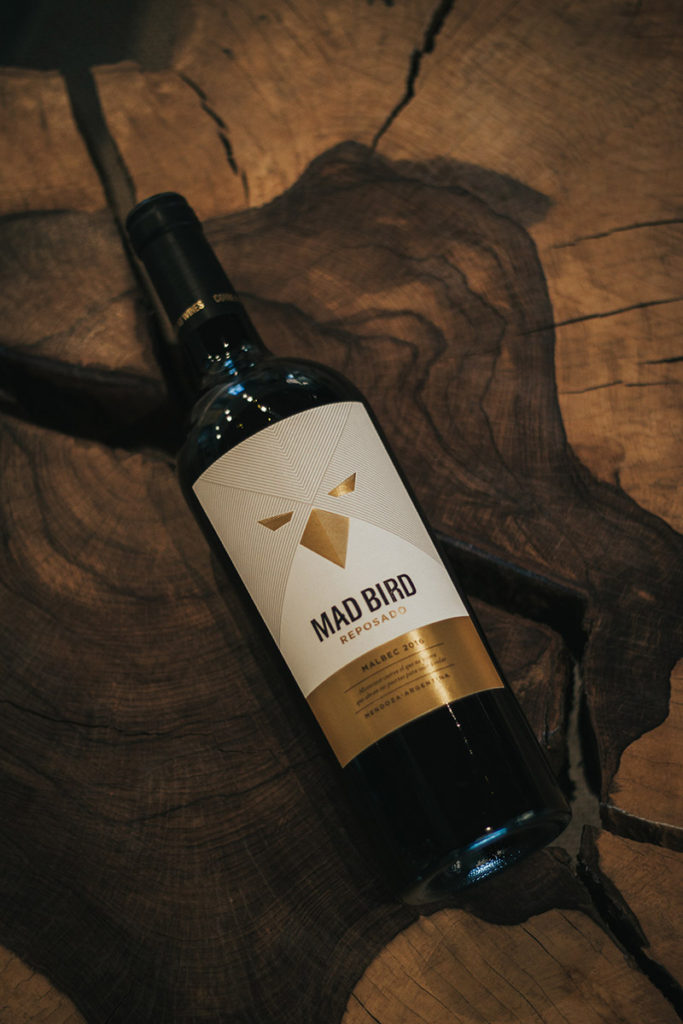
“That showed us how well the two varietals work together and how easygoing the blend can be: we know that Malbec goes well with Bonarda and Cabernet but Ancellotta has created an excellent symbiosis with Malbec and I think that’s one of the reasons it’s grown so much more popular over the past decade,” Francisco continues.
To celebrate the winery’s fifth anniversary, in 2021 the range expanded with Mad Bird Reposado Ancellotta 2018 joining the family, a 100% Ancellotta that spent 10 months in French and American oak.
“We’re a small winery but we always try to raise the Ancellotta flag and little by little we’ve constructed a bastion for it,” says Francisco proudly. So, step by step, Corbeau Wines are exploiting the versatility of the grape, creating fresh, fruity and easy-drinking wines that also have good potency, body and maturity.
Three generations of constant renewal
This is one of the key aspects of the viticultural project led by general manager Eduardo H. Rodríguez and his sons Eduardo – the head oenologist at the winery – and Francisco, who is in charge of commercial development and branding in the domestic and overseas markets.
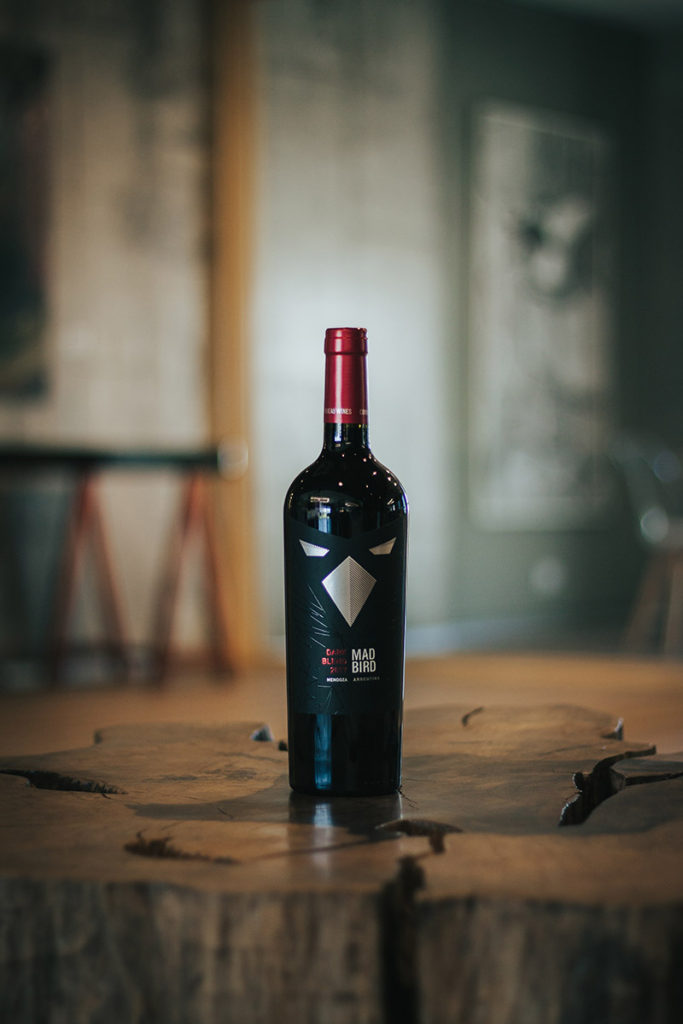
They’re the third generation to take charge of the business. In all, Corbeau Wines possesses 320 hectares spread across the Mendoza regions of Maipú, Santa Rosa and San Martín, all in the east of the province, a traditional wine producing region.
“We want to show, especially in the export market, that Mendoza doesn’t just mean Malbec from the Uco Valley.”
The Mad Bird line, Corbeau Wines’ flagship brand, was born with a clear goal: to reach occasional drinkers, those who feel alienated by the world of wine because it seems too technical. As a part of that concept, alongside several other virtues the Mad Bird labels tend to be drinkable, demonstrate an awareness that wine doesn’t necessarily have to be tied to food and to nudge oak-aging to the back seat.
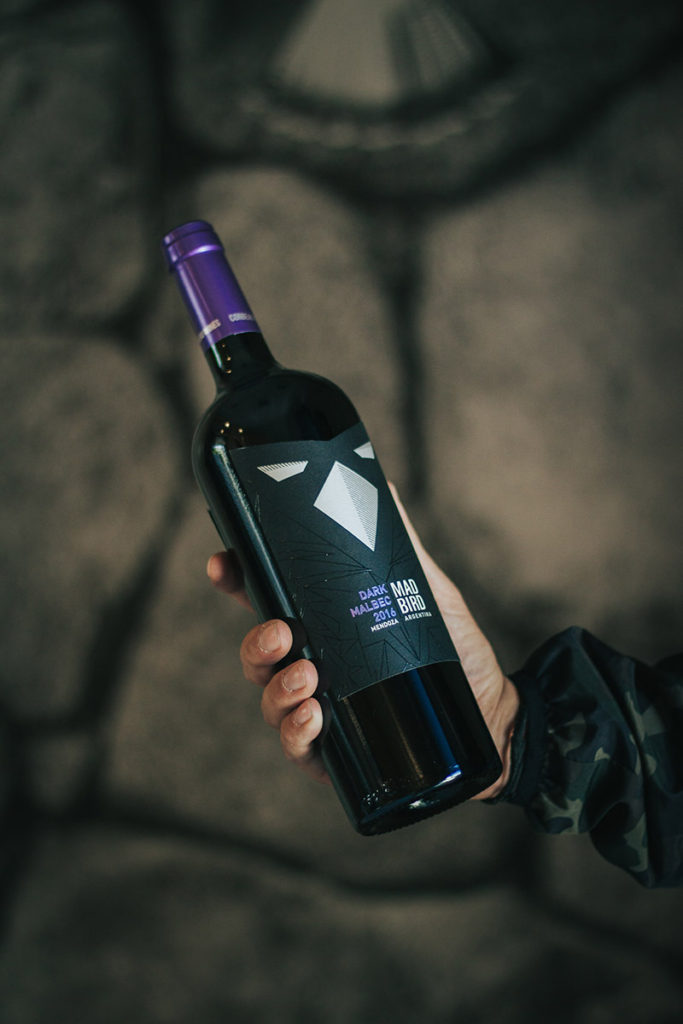
The first Mad Bird was launched in 2016 and today the brand has eight labels on the Argentine market: four reds, a white blend and a rosé (the classic line) alongside a pair of special wines with good cellar potential: Mad Bird Reposado and Mad Bird Supremo. In fact, there are two Mad Bird Reposados (varietals of Malbec and Ancellotta).
“This is the wine we enjoy the most because, based on the conditions experienced during the year in question, we create a blend with no fixed recipe, it has different portions depending on the vintage which makes it fun to explore,” says Francisco, describing Supremo, the winery’s flagship wine.
In addition, just for the North American market, Corbeau Wines makes Little Mad Bird Sauvignon Blanc (100% Sauvignon Blanc) and Little Mad Bird Malbec (100% Malbec). In addition to their presence in the USA, the winery’s labels can be found in the United Kingdom, China, Brazil, Canada and the United Arab Emirates. It will shortly also be available at specialist stores in Ecuador and Peru.


